Roof Inspections and Extended Performance Life
Comprehensive inspection program can benefit departments, occupants and the bottom line
For most building occupants, the roof of their building is out of sight and, therefore, out of mind. They take for granted that a roof is serving its intended function — until it fails and a leak occurs. Once that happens, maintenance and engineering managers face a unique set of challenges when considering options for repair. Maybe the toughest challenge is the expectation among occupants that the repairs will be quick while minimizing damage.
The best way for managers to address these challenges is to develop an effective and efficient roof inspection and maintenance program immediately after the roof system is installed and before any repairs are needed. The key to success is to remain proactive and not reactive.
By exploring tactics and strategies for structuring these programs, managers can maximize the efficiency and effectiveness of dealing with potential issues that occupants will expect to be remedied during the life of a building.
Roofing challenges
Roofing systems present a complex set of challenges for managers and staff. Most roof systems are not inspected or maintained properly. In fact, most roof systems are generally not even considered with regard to budgeting until a severe leak occurs. Many building owners do not budget for periodic repairs or plan maintenance activities.
The occurrence of a leak can impact many facets of facility operations. The need for repair can cause a considerable interruption to operations and productivity. Wet floors due to leaks can cause slips and falls and other dangerous conditions. A faulty roof system can cause damage to expensive equipment, interrupt production cycles, damage important records, and in the case of a production facility, damage products, creating financial losses. In a hospital or residential treatment facility, a leak can pose health concerns for patients and residents.
Without a doubt, water intrusion creates considerable damage, and it does not take long for small problems to start adding up to a huge expense. For example, water entering a sterile surgical suite resulted in a life-or-death situation, requiring the hospital staff to suddenly remove the patient from the operating room and seek safety.
Managers also must address occupant expectations when it comes to getting the issues fixed. The general expectation is that the manager and staff know all things about the facility. But roofing systems are an area of the building on which not many people are specifically trained.
Occupant expectations aside, managers also must familiarize themselves with roofing issues in order to communicate to other interested parties. A lack of understanding of the way a roofing system works, as well as steps to take to survey for damage, can lead to incomplete communication with an outside consultant about the problems occurring and the inability to control and manage the repair once it begins.
One real risk for managers and staff is being taken advantage of during repairs because they do not understand the justification for or cause and effect of the repairs. A large number of roofs are replaced before the end of their performance lives because managers are not experts in roofing repair.
But by developing a relationship with a trained and experienced roof consultant to guide them in making decisions, managers and staff can arm themselves with essential knowledge on whether to repair or replace a roof. With this knowledge, they also can establish an inspection program that will mitigate sudden and unexpected repairs, cutting down on future costs for the organization.
Comments
Source: Commercial Roofing




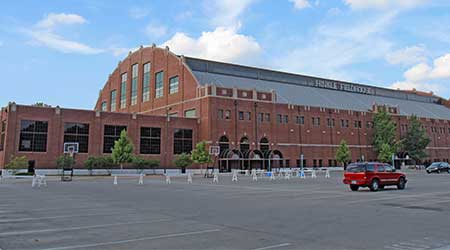






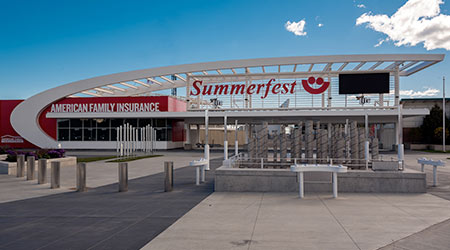
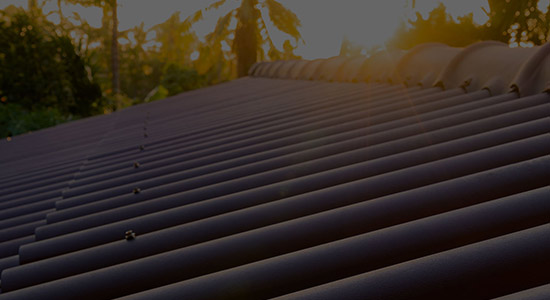



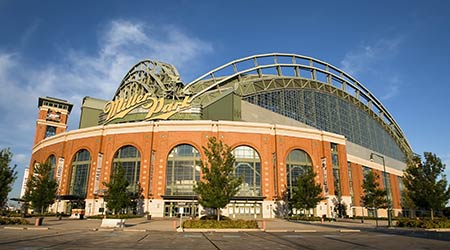
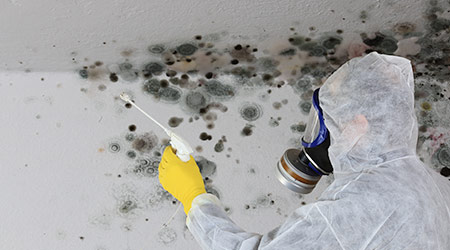
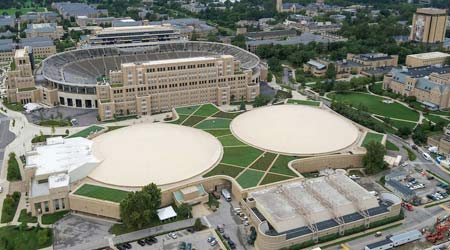


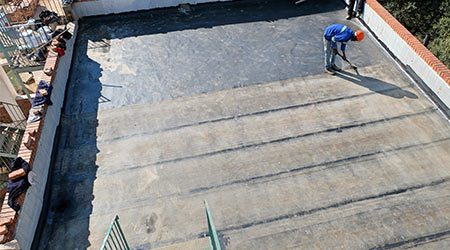
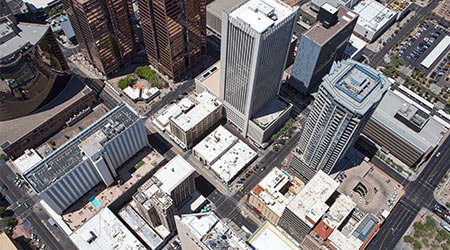

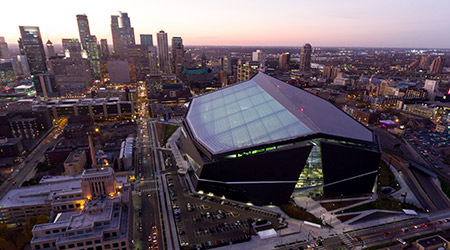
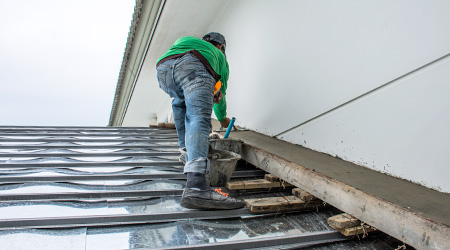
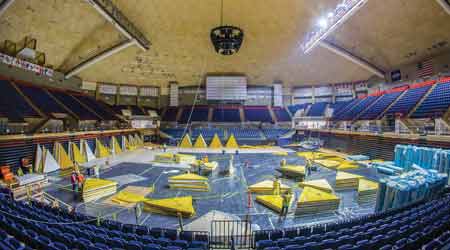
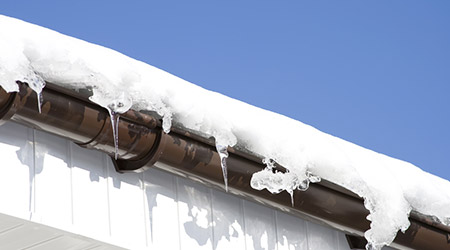
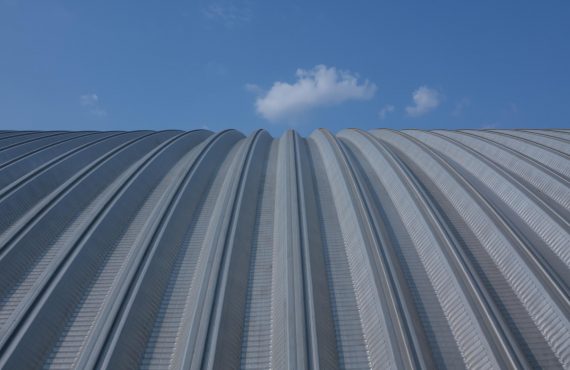
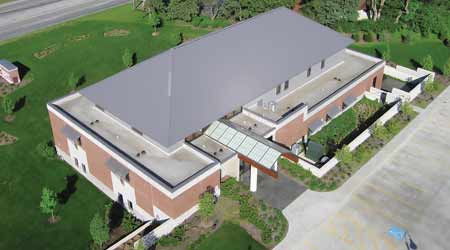


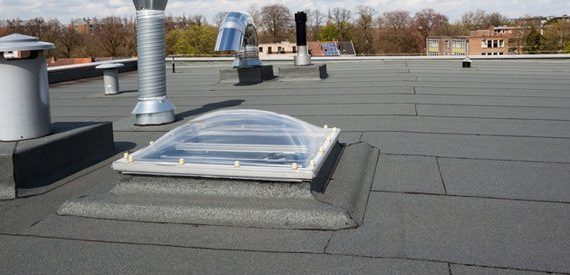
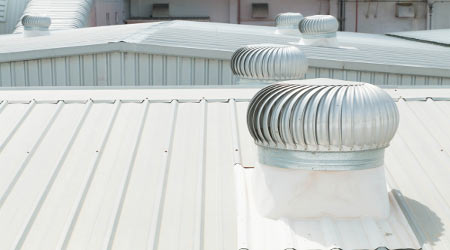

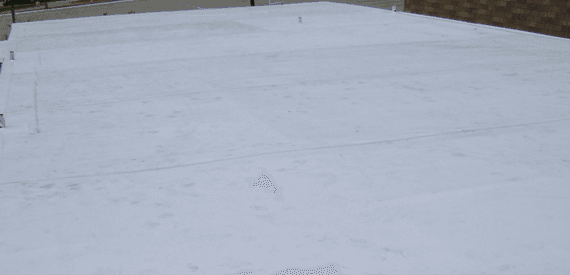


No comments yet.